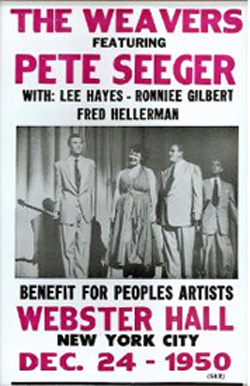The global jukebox is the culmination of a lifetime of groundbreaking work by Alan Lomax, whose efforts to record and compile song and dance from around the world led to this collaborative project—an interactive portal for the world’s music, dance, and speaking traditions from almost every corner of the earth, recorded by hundreds of pioneering ethnographers.
This open-access resource is divided into three broad areas of inquiry: cantometrics, an analysis of the elements of song within and across cultures, and choreometrics and parlametrics, which similarly evaluate dancing and speaking.
Users can search by genre or culture and experience thousands of songs and videos that come from a myriad of traditions; seek their ancestry through song and dance; uncover the roots and connections of their favorite musical genres; take a guided tour through the vibrant musical culture of a single region or style; look at clusters of any tradition’s song styles; or search for their own answers with the site’s analytical tools.
Below, Lomax discusses the background of the project.











